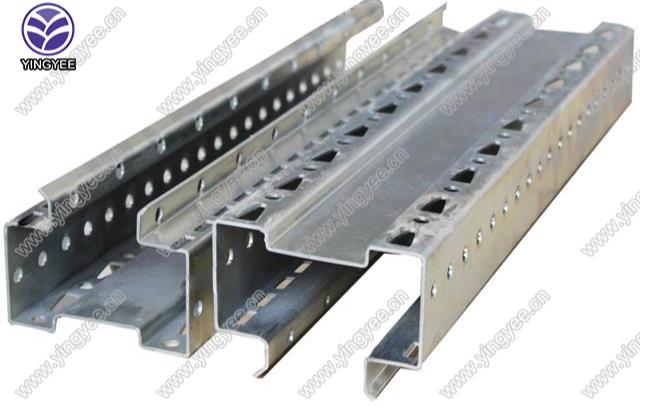
Understanding the Stud and Track Roll Forming Machine
In the world of modern construction and manufacturing, efficient and precise equipment is crucial. One such piece of machinery that has gained prominence is the stud and track roll forming machine. This versatile tool plays a significant role in creating steel framing components vital for various structures, including residential homes, commercial buildings, and industrial facilities.
What is a Stud and Track Roll Forming Machine?
A stud and track roll forming machine is engineered to produce metal studs and tracks used in wall systems. These components serve as the framework to support drywall and other finishing materials. The machine works by taking flat metal sheets, typically made of galvanized steel or other alloys, and feeding them through a series of rollers. These rollers gradually shape the metal into the desired cross-sectional profile, creating studs (vertical members) and tracks (horizontal members) that are essential for constructing light gauge steel framing systems.
Key Features and Benefits
One of the primary advantages of using a stud and track roll forming machine is its efficiency. These machines can produce a high volume of metal components with minimal waste, ensuring a cost-effective manufacturing process. Additionally, the automation of the roll forming process allows for consistent product quality and precision in dimensions, which is important for structural integrity.
Flexibility is another key feature. Many modern roll forming machines are designed to produce various profiles using interchangeable tooling. This adaptability allows manufacturers to respond quickly to market demands or specific project requirements, producing different sizes and shapes of studs and tracks without the need for extensive machine reconfiguration.

Applications in the Industry
The applications of stud and track roll forming machines are diverse. In residential construction, they are commonly used for framing interior walls, ceilings, and floors. The lightweight nature of steel studs makes them an attractive alternative to traditional wood framing, as they do not warp or shrink over time. Additionally, steel framing is non-combustible, providing an added layer of safety against fire hazards.
In commercial construction, these machines facilitate the rapid assembly of intricate designs and large-scale structures. The speed at which metal studs can be manufactured enables builders to meet tight deadlines while ensuring the finished product adheres to all structural regulations and safety standards.
Environmental Considerations
As sustainability becomes increasingly important in the construction industry, the use of steel framing produced by stud and track roll forming machines aligns with eco-friendly practices. Steel is recyclable, which reduces the overall carbon footprint of the construction process. Moreover, the efficient use of materials minimizes waste, making it a more environmentally responsible choice compared to traditional framing methods.
Conclusion
In conclusion, the stud and track roll forming machine is a vital asset in modern construction, offering efficiency, precision, and versatility. As the industry continues to evolve, these machines will likely play a critical role in shaping the future of building practices. By embracing the advantages of steel framing and the technology behind roll forming machines, manufacturers and builders can achieve superior results while contributing to a more sustainable construction ecosystem. Whether for residential or commercial projects, the benefits of employing stud and track roll forming technology are clear, paving the way for innovative and reliable structural solutions.